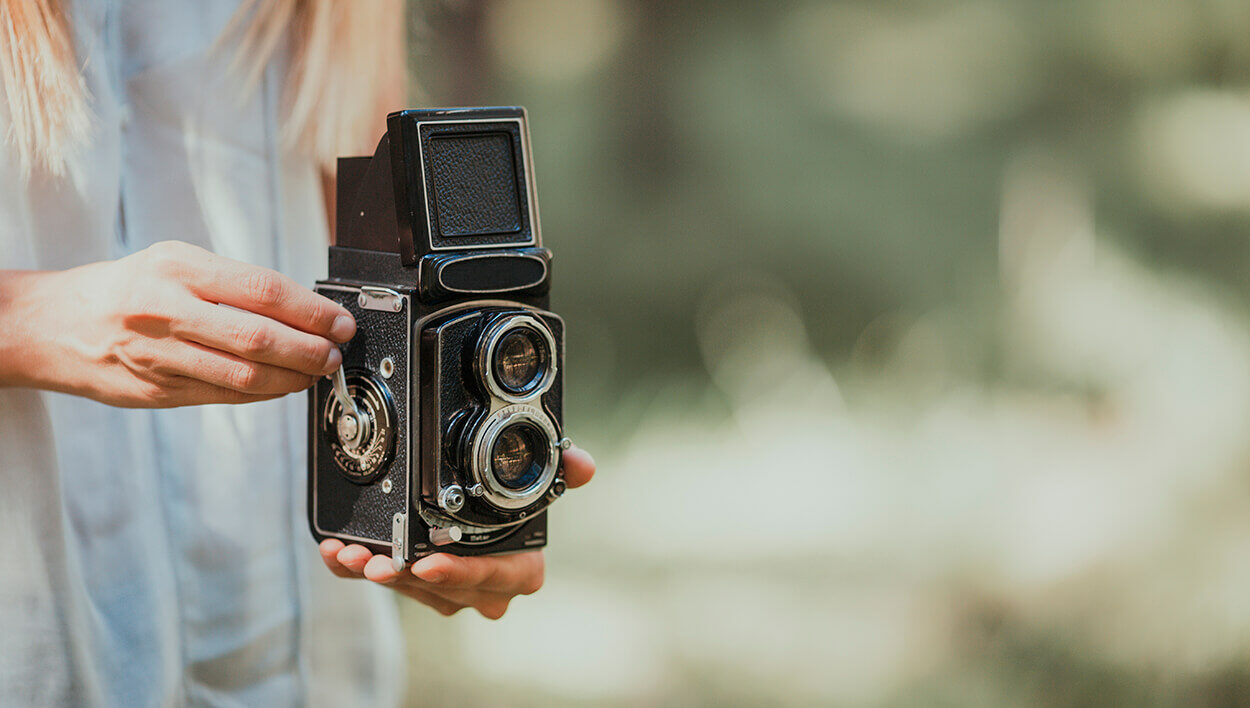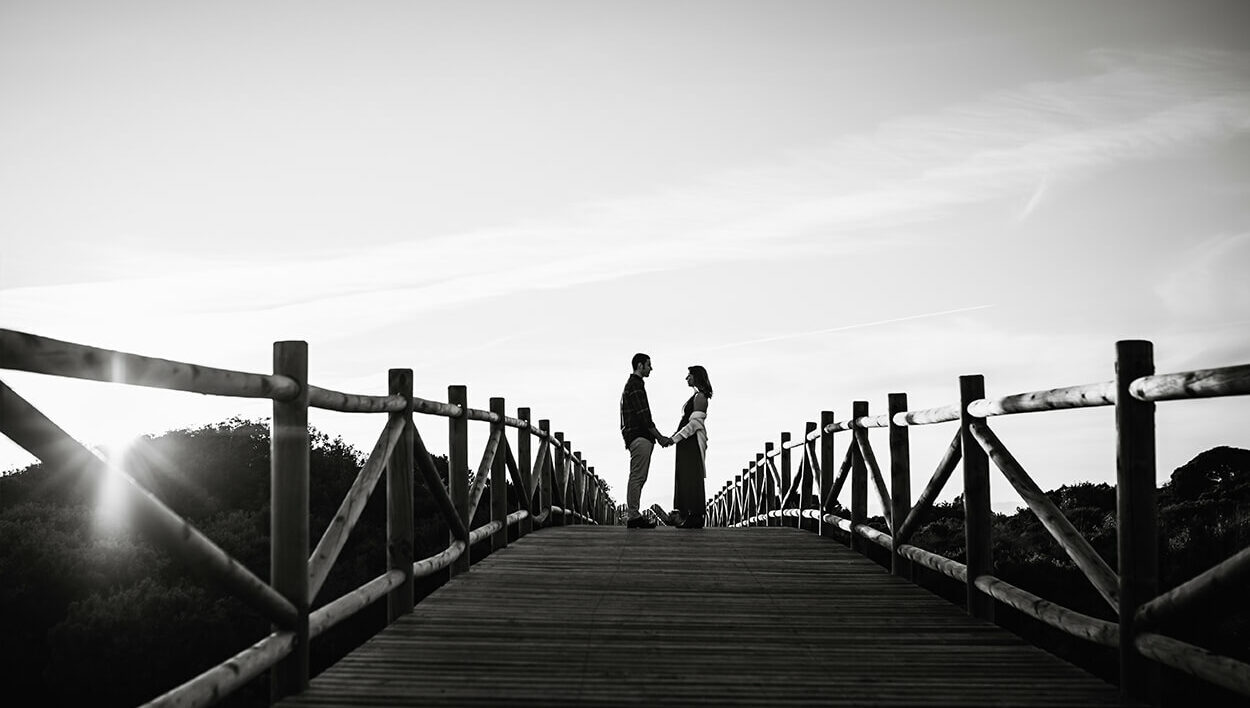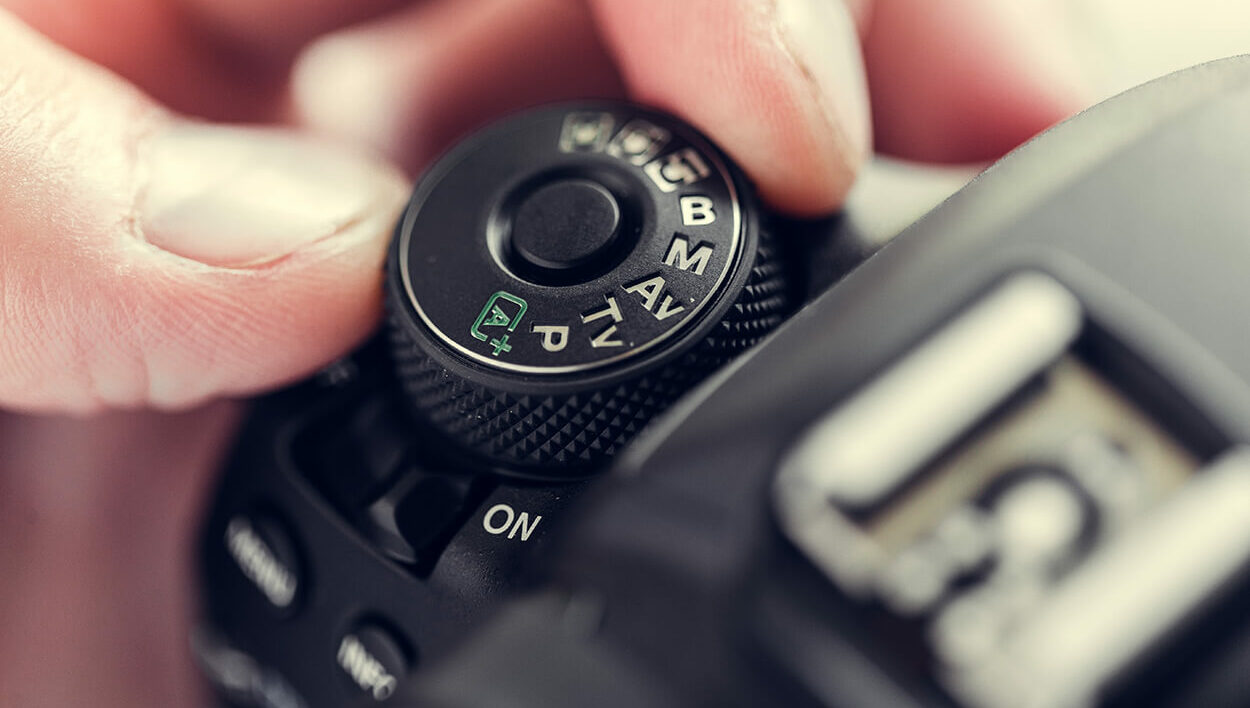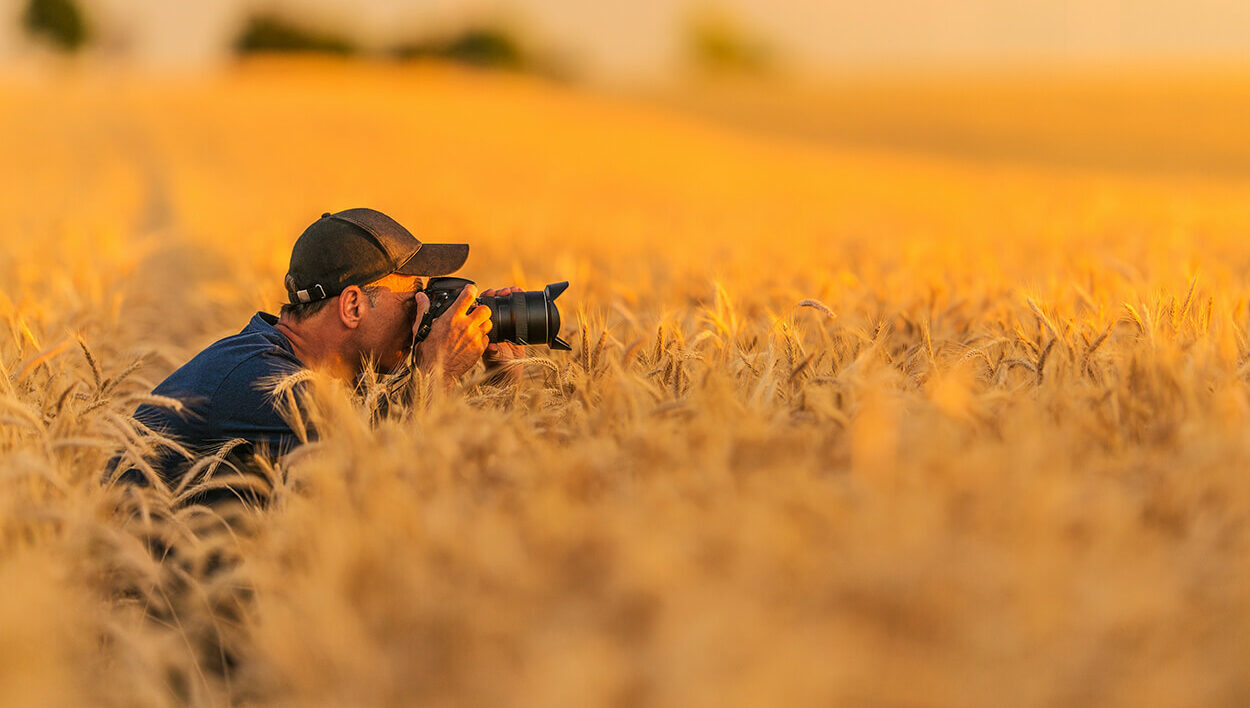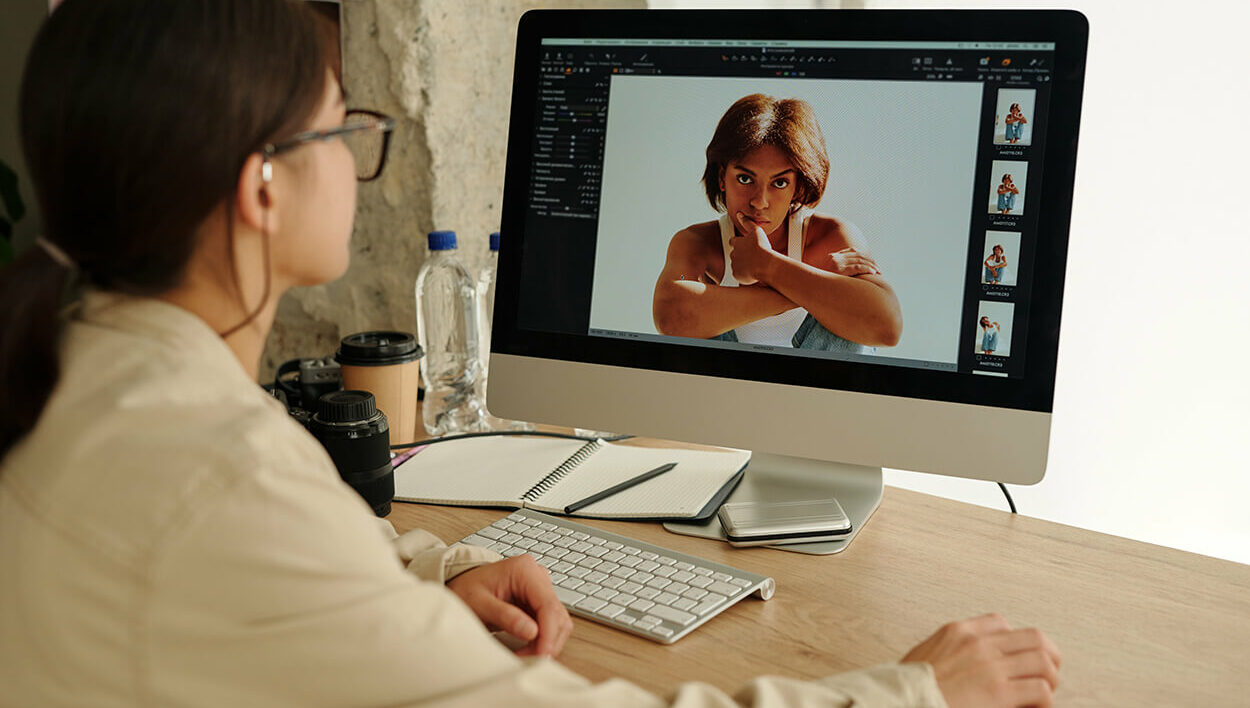Unlock your camera’s true potential and learn the art of lighting to improve your photography. This guide will share key techniques used by pros to grab attention. You’ll learn about the exposure triangle and how to master composition to make your photos pop.
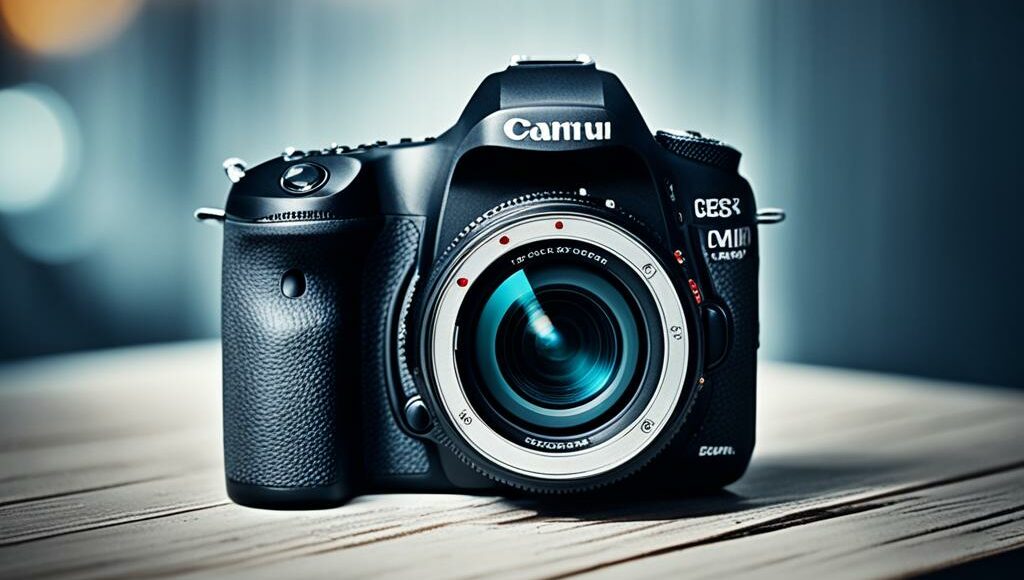
This article is for both new and seasoned photographers. It offers practical advice and insights to boost your skills. You’ll explore aperture, shutter speed, and ISO, and how to use them to get the look you want. You’ll also learn about composition, lenses, and the impact of lighting on your photos.
Get ready for an exciting journey into photography mastery. We’ll show you the tools and techniques to take your skills to the next level. Get inspired, motivated, and ready to capture amazing moments and create photos that make an impact.
Mastering the Exposure Triangle
Capturing perfectly exposed images is a top goal for photographers. The secret is knowing and using the exposure triangle well. This includes aperture, shutter speed, and ISO. Look at each part and see how they can improve your photos.
Aperture: Controlling Depth of Field
The aperture is the lens opening that lets you control what’s in focus. A big aperture (like f/2.8) makes the background blurry and focuses on your subject. A small aperture (like f/11) keeps more of the scene sharp.
Knowing how to use the aperture lets you take photos with beautiful bokeh or clear landscapes. It’s a key skill for professional-looking shots.
Shutter Speed: Freezing or Blurring Motion
Shutter speed is how long the camera’s shutter is open. It affects how much motion is in your photo. A quick shutter speed (like 1/500th of a second) stops the action, perfect for athletes or wildlife.
A slow shutter speed (like 1/10th of a second) shows movement and adds an artistic touch. Trying different shutter speeds can make your photos more interesting.
ISO: Managing Light Sensitivity
ISO controls how sensitive your camera is to light. A low ISO (like ISO 100) is for bright scenes, while a high ISO (like ISO 3200) is for dimmer scenes. Adjusting ISO helps you keep your shots right, even in tough lighting.
Knowing the exposure triangle well is key to great photography. By controlling the aperture, shutter speed, and ISO, you can take amazing photos that show your artistic style.

Composition Techniques for Stunning Photos
Improving your photography is more than just knowing your camera inside out. Composition is key to making photos that grab attention and tell a story. Learn how to use proven techniques to make your photos stand out.
The rule of thirds is a basic but powerful composition rule. It means dividing your photo into a 3×3 grid and placing your main subject on those lines or edges. This makes your photo balanced and more interesting, directing the viewer’s eye to what matters.
Leading lines are another great tool. They are lines in your photo, like roads or rivers, that lead the viewer to your main subject. Using leading lines adds depth and focuses the viewer’s attention.
The composition also includes symmetry for balance and order. A perfectly reflected landscape or a symmetrical building can make your photo stand out. Symmetry adds beauty and harmony to your shots.
Finally, framing your subject draws the viewer’s eye and adds depth. Use things like windows or doorways to frame your subject. This technique makes your photo more engaging and focused.
Remember, composition is an art that requires practice and trying new things. Try out these techniques and see what works for you. Don’t hesitate to experiment with different angles and framing to express your unique style.

Choosing the Right Lenses
In photography, the lens you pick can greatly change your image’s final look. It’s key for capturing wide scenes or close portraits. Let’s explore wide-angle and telephoto lenses and how to pick the best one for your vision.
Wide-angle lenses for Landscapes
Wide-angle lenses are a must for photographers who love big landscapes. They have a shorter focal length, letting you see more in one shot. This is great for showing off big scenes, like huge mountains or calm lakes. With a wide-angle lens, your landscape shots will feel deep and dramatic, pulling the viewer into the scene.
Telephoto Lenses for Portraits
Telephoto lenses are top picks for portrait photography. They let you get close-up shots of your subject while looking good. These lenses compress the background, making it blurry and focusing on your subject. This is ideal for capturing the details and feelings in a portrait.
When picking the right lens, think about the story you’re telling and the mood you want. Whether it’s a big landscape or a close portrait, the right lens can make your vision come alive.
Photography, Camera, Lighting
To take amazing photos, you need to get good at camera settings and lighting. Let’s look at how to use your camera and explore different lighting types. This will help you improve your photography skills.
Understanding camera settings is key to making great images. You can change the aperture to play with depth of field. Adjusting the shutter speed can freeze or blur motion. And, tweaking ISO helps manage how much light your camera lets in. Each setting is important for getting the look you want in your photos.
Lighting is also crucial. You can use natural light or flash and light modifiers. Learning about lighting can change your photos a lot. Discover the beauty of the Golden Hour and Blue Hour. Also, learn how to use artificial light to set the mood in your photos.
Exploring camera settings and lighting opens up a world of creativity. Try new things and don’t be scared to go beyond what you know. With time and effort, you’ll start taking photos that amaze and inspire people.
The secret to great photography is controlling your camera’s technical parts and knowing how light works with your subjects. Keep learning, exploring, and most importantly, enjoy the process!
Harnessing Natural and Artificial Lighting
Photographers can use both natural and artificial light to make amazing photos. By knowing how these lights work, we can create incredible images.
Golden Hour and Blue Hour
The golden hour and blue hour are perfect for photographers. The golden hour gives a warm glow after sunrise or before sunset. It adds depth and drama to photos. The blue hour, before or after sunset, gives a cool blue light that makes scenes look magical.
To use these lights well, plan your shoots carefully. Be ready to capture the best moments. Try different angles and settings to mix natural and artificial light perfectly.
Using Flash and Light Modifiers
Sometimes, artificial light like a flash is key for photographers. With flash and light modifiers, you can shape the light. This creates shadows, and highlights, and adds depth to your photos.
Try using diffusers, reflectors, and other tools to control the light. Experiment with flash techniques like bounce flash and off-camera flash for the look you want.
Mastering natural and artificial lighting means being creative. Embrace challenges, try new things, and let your imagination lead you to amazing photos.
Post-Processing and Image Editing
Unlock the full potential of your images with post-processing and image editing. These skills are vital for photographers at any level. Shooting in RAW gives you more flexibility and control when editing.
Check out professional-grade software like Adobe Lightroom, Photoshop, and Affinity Photo. These tools let you adjust exposure, and colors, and add filters. They turn your photos into stunning art pieces. Dive into the world of post-processing to enhance your images.
Post-processing can take your photography to new heights. Use it to add sophistication and impact to your work. Let your creativity flow, whether you’re enhancing nature or creating unique images.

